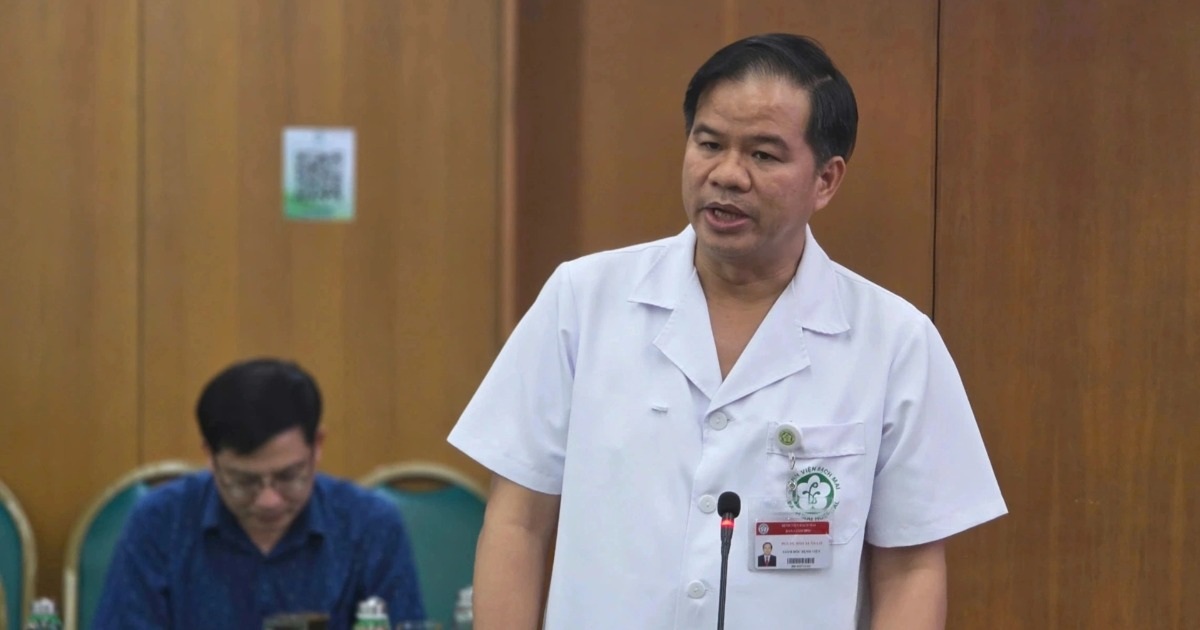Thousands of vacant resettlement apartments in Thủ Thiêm New Urban Area, Ho Chi Minh City, are set to be auctioned off. This decision presents an opportunity to finally resolve this real estate issue and generate significant revenue for the city.
From an Unsuccessful Relocation Initiative
The plan to construct 12,500 resettlement apartments in Thủ Thiêm New Urban Area, approved by the Ho Chi Minh City Party Committee and People’s Committee between 2005 and 2010, aimed to relocate 15,000 households.
The project encompassed three plots of land, containing a total of 12,260 apartments: 1,844 apartments on a 17.3-hectare plot, 4,216 apartments on a 30.2-hectare plot, and 6,200 apartments on a 38.4-hectare plot. The 38.4-hectare plot, divided into nine apartment buildings (from R1 to R9), was assigned to four different developers.
However, various factors, including residents’ unwillingness to relocate or opting for compensation instead, resulted in a considerable surplus of apartments.
By 2016, out of the 12,260 apartments, only 2,924 were occupied for resettlement, leaving 5,626 vacant. This situation resulted in wasted resources and infrastructure.
Vacant Apartments on Prime Land
Resolving the 5,626 surplus apartments faced financial challenges. Construction costs for each apartment were estimated at over 25 million VND per square meter (in 2015), a significant burden on Ho Chi Minh City’s budget. Therefore, the auction option was chosen to recover costs.
However, the process encountered some procedural flaws, particularly concerning 1,330 apartments in buildings R8 and R9 (New City Thủ Thiêm). Developers had unilaterally altered the design from resettlement apartments to commercial housing and transferred them to buyers, leading to legal and ownership issues.
Consequently, the five apartment buildings from R1 to R5 deteriorated significantly, remaining unoccupied for nearly a decade, except for their use as a field hospital during the COVID-19 outbreak. This highlights considerable waste of public assets.
Not Social Housing
The question arises: why not convert these apartments into social housing? However, the Ho Chi Minh City Department of Construction argues that social housing projects are planned and researched from the initial policy and planning stages, while the 3,790 apartments in Thủ Thiêm were built for resettlement purposes.
Regulations stipulate that social housing must have a maximum apartment size of 70 square meters. Inspections revealed that only approximately 30% of the apartments in the five buildings met this requirement, with the rest exceeding this size.
Furthermore, revenue from selling social housing is significantly lower than from selling commercial housing, insufficient to repay the advance payments to developers.
Conclusion
The decision to auction 3,790 resettlement apartments in Thủ Thiêm New Urban Area is a crucial step to resolve the vacant apartment problem, generate revenue for the city, and release valuable land. However, better management and planning strategies are needed for similar projects in the future to prevent waste and ensure efficient resource utilization.
Reference:



